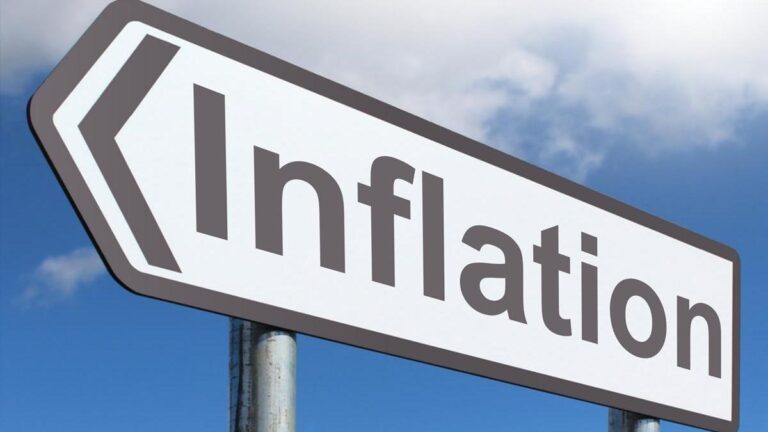Also available in Spanish
The highest consumer prices in a generation have made inflation the top public concern, replacing COVID. The middle class, and by extension, the poorest in society have experienced huge increases in the cost of gas, housing and medical care. During a briefing hosted by Ethnic Media Services, experts argued that policymakers should work on reducing the unemployment rates to close the racial disparities in income. They also predicted that despite the impact of COVID during the last two years in the economy, by the middle of 2022 inflation is going to start to decelerate.
Alissa Quart, Executive Director of the Economic Hardship Reporting Project and author of Squeezed, Why Our Families Can’t Afford America and soon to be released Bootstrapped, Liberating Ourselves from the American Dream:
“Hundreds of people across the country experience being middle precariat. It is a cross between the proletariat and the precarious. It’s when the middle class (51% of the population) looks like the unstable working class in terms of contingency, job anxiety, economic doubt, inability to pay basic fees and rents.”
“Inflation rises against the backdrop of an already destabilized class…Three things are really pressing: cars, housing and medical care.”
“40% of US workers experienced worsening job quality since the start of COVID-19. 27,000 media jobs have been lost. we’re trying to give all these independent reporters some sustenance and keep them writing and keep them contributing to the mainstream media.”
“At the root of a lot of the attitudes towards the struggling middle class is this bootstrapping myth that is a toxin… It has taken a mental toll particularly on the middle class because of the anxiety and secrecy around finances.”
Penny Wang, Deputy Editor, Special Projects-Money, Consumer Reports:
“It’s important to use this current spike in inflation as a touchstone in people’s interest and financial plans… One reason that prices are going up now is that there’s a lot of cash sloshing through the economy.”
“90% plus of Americans were seeing significantly higher prices in all areas, but gas was the one that paid attention to the most. But there’s not a silver bullet for solving that. The main thing is just to budget for that…Another pain point was grocery shopping.”
“For families that are struggling financially, there are certain programs that might help you cut costs, one of them being on a project for people who are trying to pay for internet, and it’s the American connectivity program (https://www.fcc.gov/acp).”
“The biggest concern in future inflation is housing costs. That’s going to have to be something that policymakers and advocates really push on.”
Josh Bivens, Director of Research for the Economic Policy Institute:
“There’s no knob you can turn that only reduces inflation without having consequences for lots of other things we care about in the economy as well, like sustaining job growth, and how able people are to get wage increases.”
“The obvious thing that is common across countries is the shock of COVID. We have inflation, because COVID imposed extreme distortions on the economy, both on the demand side and the supply side.”
“By the middle of 2022 inflation is going to start to decelerate pretty significantly, just on its own. We have started to delink economic activity from COVID. Look at January when we had the biggest spike in Omicrom in the United States, yet we created 470,000 jobs in that single month.”
“We came into the pandemic with crazy disparities by income group by race. None of them got better during the pandemic, and we haven’t done anything in the long run to really push them back together. (Low) unemployment is one of the few things that actually does help racial disparities a little bit, it pushes wages closer together. We should always be searching for it.”




